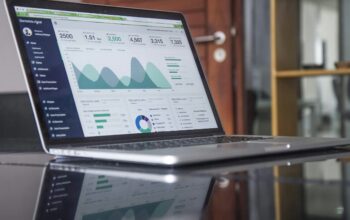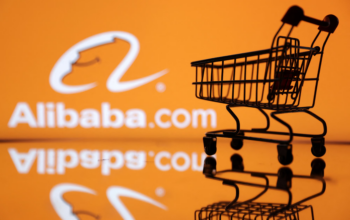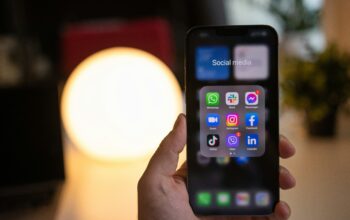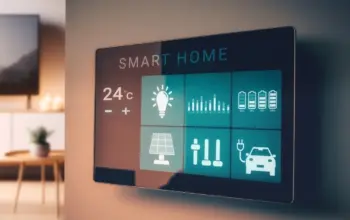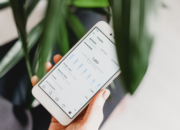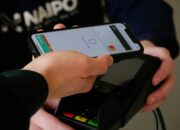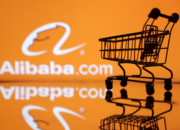Uzone.id — The concept of BNPL (Buy Now, Pay Later) began in the 19th century when convenience stores began offering installments to consumers. These business actors target expensive and often out-of-budget items such as home furniture and agricultural tools.
The concept of BNPL has also begun to develop. The BNPL method is applied to high-selling-value goods and various types of products. It can also be used for everything from electronic devices to clothes and house purchases.
With low interest rates—or, in some banks, no interest rates—and no longer charging additional fees, BNPL payments have become popular.
BNPL payment methods have encouraged consumers to purchase products, which they will then pay in installments or over time, adjusting a predetermined amount of installments until paid off. However, the price will differ if the consumer pays directly initially.
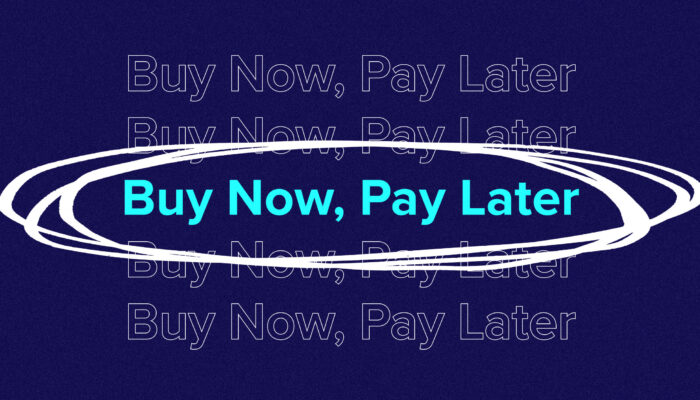
BNPL’s digitalization began in 2010. Since then, BNPL has also moved into digital payments. Consumers can pay off online purchases in installments without interest if payments are made on time.
This is also driven by the emergence of several services that allow users to apply the BNPL concept, such as Klarna (Sweden), which has been around since 2005; Affirm (US), which was founded in 2012; and Afterpay (Australia), which started operating in 2015.
These companies have offered users long-term financing options on more expensive items. On the other hand, the rise in popularity of e-commerce has led to the emergence of BNPL services across retail, fashion, travel, and healthcare. BNPL services have been integrated into platforms like Shopify and major retailers like Walmart, Amazon, and H&M.
As the BNPL concept gained popularity and more consumers became interested, financial institutions such as banks began offering their own BNPL services.
In fact, technology companies such as Apple have adopted the BNPL concept through their product, Apple Pay Later. Through Apple Pay Later, users can pay for the products they purchase with an installment plan directly within the Apple ecosystem. However, the service that existed in America has been closed.
The surge in users of the BNPL method was also recorded to have increased during the COVID-19 pandemic. This concept is very popular among Millennials and Gen Z.
The limitations of consumers’ freedom to go out freely made them look for alternative funding. At that time, many people thought that BNPL was one of the best ways to manage finances during uncertain times.
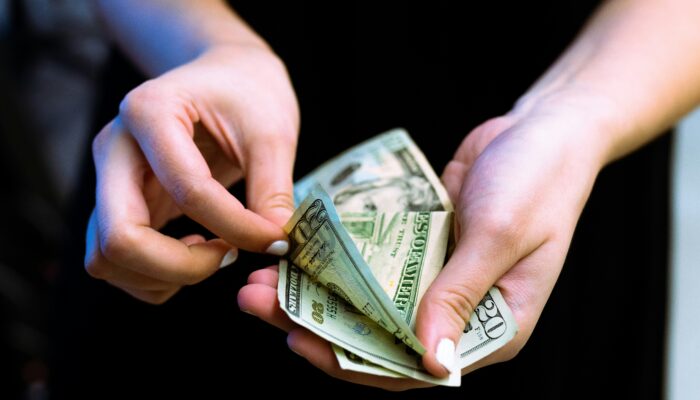
Another factor that makes many people increasingly confident in using the BNPL concept is the sense of satisfaction they get after having a certain product, interest-free payments, and access to credit for users who do not have traditional credit or bad credit scores.
The growth of BNPL is driven by consumers’ desire to find alternative ways to avoid using credit cards and avoid debt accumulation. BNPL has given its users the convenience and flexibility of combining the benefits of credit, short payment terms, and app-based shopping.
However, there are concerns that the rise in BNPL usage could lead to increased consumer debt, especially for people carrying more debt than they can manage. Indirectly, BNPL encourages its users to shop even though it is only sometimes financially beneficial.
Governments worldwide are also continuing to discuss how BNPL companies and consumers can best balance the need for consumer protection with the desire to encourage innovation.
Given how the BNPL concept works, it’s safe to say that BNPL will continue to be popular in 2025 and beyond, especially among Millennials and Gen Z. The evolution of BNPL from a credit system to a primary means of payment for millions of people around the world is testament to this.




